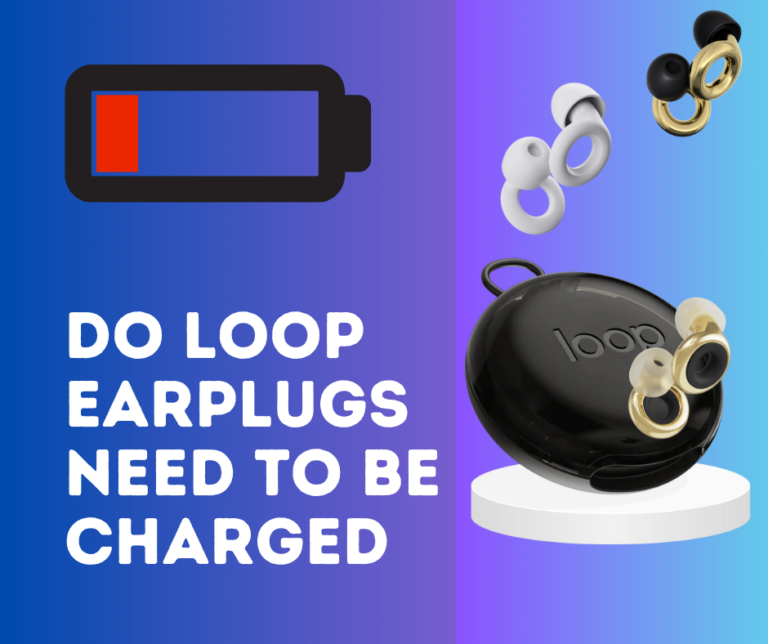“No Location Found” Vs. “No Location Available”: What They Mean
When you see ‘no location found,’ it indicates technical obstacles like poor internet or disabled services hindering your device’s ability to track location accurately. On the other hand, ‘no location available‘ means the location is inaccessible due to permissions, privacy settings, or intentional sharing restrictions. Understanding these distinctions helps identify specific issues affecting your location data retrieval.
Key Takeaways
- ‘No Location Found’ typically indicates technical issues like weak connection or disabled services hindering location tracking.
- ‘No Location Available’ suggests intentional restrictions like disabled sharing or privacy settings preventing location access.
- Technical obstacles like poor internet and disabled services lead to ‘No Location Found’.
- User concerns, privacy settings, and permission configurations often result in ‘No Location Available’.
- Ensuring stable internet, enabling location services, and understanding privacy settings are crucial for accurate location tracking.
Technical Issues Leading to ‘No Location Found’
Technical challenges, such as poor internet connectivity or disabled location services, can lead to the occurrence of ‘No Location Found‘ on a device. When encountering this issue, the first aspect to consider is the strength and stability of the internet connection. A weak or absent connection hinders the device’s ability to pinpoint its location accurately.
Additionally, disabled location services on the device itself can be a common culprit. Ensuring that these services are enabled is crucial for accurate location tracking.
Another potential reason for the ‘No Location Found’ message could be the device being turned off or having a dead battery, rendering it unable to transmit its location data.
Possible Causes of ‘No Location Found’
When encountering the issue of ‘No Location Found‘, the device’s inability to determine its location can stem from various factors beyond technical glitches.
A weak connection, disabled location services on the device, a dead battery, or issues with the location-finding service itself are common culprits.
A weak or absent internet connection can hinder the device’s ability to pinpoint its location accurately.
Disabled location services prevent the device from accessing necessary location data.
If the device is turned off or has a dead battery, it won’t be able to transmit its location.
Furthermore, issues with the location-finding service itself can lead to inaccuracies or failures in determining the device’s whereabouts.
To troubleshoot this problem, ensure the device has a stable internet connection, verify that location services are enabled, charge the device if necessary, and check for any updates or maintenance required for the location service.
Reasons for ‘No Location Available’
Insufficient location permissions often lead to the occurrence of ‘No Location Available‘ on a device. This issue commonly arises due to privacy concerns, user settings, location sharing, permission issues, or data accessibility problems.
When a device shows ‘No Location Available’, it indicates that the device can be located, but the location information isn’t accessible to you. The primary reason for this is often the user intentionally disabling location sharing with you. This intentional action could stem from privacy concerns or the user’s settings restricting location sharing with specific apps.
Additionally, permission issues within the device’s settings may prevent access to location data. Moreover, limitations on data accessibility could play a role in hindering the sharing of location information. Overall, ‘No Location Available’ typically points towards a permission or privacy-related obstacle rather than a technical fault.
Common Culprit for ‘No Location Available’
The primary reason behind the occurrence of ‘No Location Available‘ often stems from users intentionally disabling location sharing. When a user chooses to disable location sharing, it restricts access to their device’s location information, leading to the ‘No Location Available’ status. This action is typically driven by user privacy concerns or preferences.
In addition to users intentionally turning off location sharing, other factors such as privacy settings and permission configurations can also contribute to the unavailability of location data. Users may have set specific privacy settings that limit the sharing of their location with certain apps or individuals, including the app you’re using to track their location. These privacy concerns or data access restrictions can result in the unavailability of location information to you.
Understanding the common culprit behind ‘No Location Available’ is essential in navigating situations where location sharing is restricted. By respecting user privacy and considering permission settings, you can better comprehend why location information may not be accessible in certain circumstances.
Understanding the Differences Between the Two
Understanding the distinctions between ‘no location found‘ and ‘no location available‘ is crucial for effectively troubleshooting location-related issues.
When faced with ‘no location found,’ technical obstacles hinder the device’s location determination. This could be due to a weak internet connection, disabled location services, the device being powered off or with a dead battery, or issues with the location-finding service.
Conversely, ‘no location available’ indicates that the device can be located, but its location information is inaccessible to you. This can stem from the user deliberately disabling location sharing, privacy settings limiting location sharing with the app, or other permission-related concerns.
The difference between these two messages underscores the importance of discerning between technical impediments and privacy or permission issues. By recognizing these nuances, troubleshooting efforts can be directed towards resolving device connectivity or information accessibility problems rather than technical glitches, enhancing the efficiency of resolving location-related challenges.
Frequently Asked Questions
Can the Users Device Be Located Without Their Consent?
Geolocation technology raises privacy concerns when locating a user’s device without consent. User control over location sharing is crucial for data protection. Ensuring accuracy while respecting user preferences mitigates privacy risks associated with location tracking.
Is There a Way to Track a Device With Location Services Disabled?
When location services are disabled on a device, tracking limitations arise due to privacy concerns and consent issues. The user’s intentional actions to safeguard their privacy and device security prevent you from accessing their location information.
What Steps Can Be Taken if a Devices Location Is Unavailable?
When dealing with location accuracy issues, start by troubleshooting common problems like connectivity or settings. In emergency situations, contact authorities for assistance. Respect user privacy settings and consider technological limitations that may affect tracking capabilities.
How Can Privacy Settings Affect Location Sharing?
Privacy settings can greatly impact location sharing by controlling access to your location data. Users have control over sharing settings, which helps address data security and privacy concerns related to location tracking.
Are There Any Legal Implications for Tracking a Device Without Consent?
When tracking a device without consent, ethical considerations, data protection, surveillance laws, and privacy rights come into play. Violating these can lead to legal consequences due to misuse of geolocation technology. Be cautious.
Conclusion
In conclusion, distinguishing between ‘no location found‘ and ‘no location available‘ is essential for troubleshooting location-related issues on your device.
While the former indicates a technical malfunction, the latter points to privacy settings or sharing restrictions.
By understanding the nuances between these two notifications, you can effectively address any location-related challenges and ensure that your device’s location information is accessible when needed.







